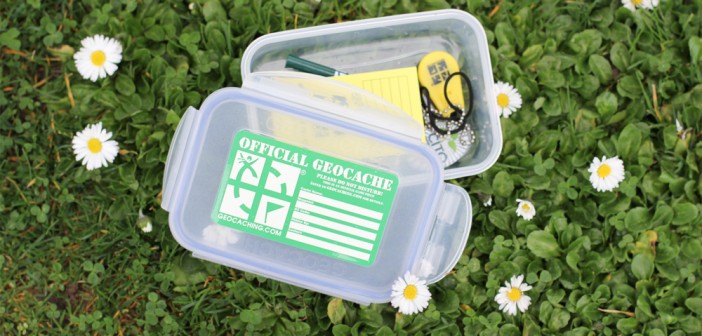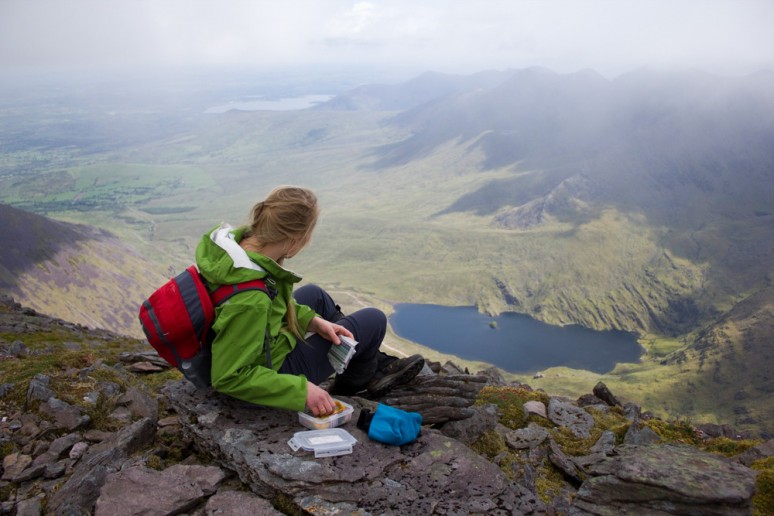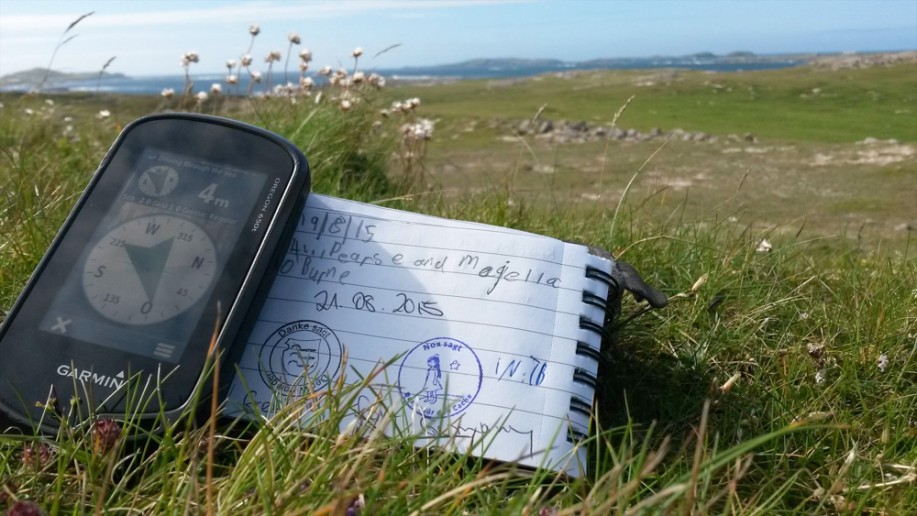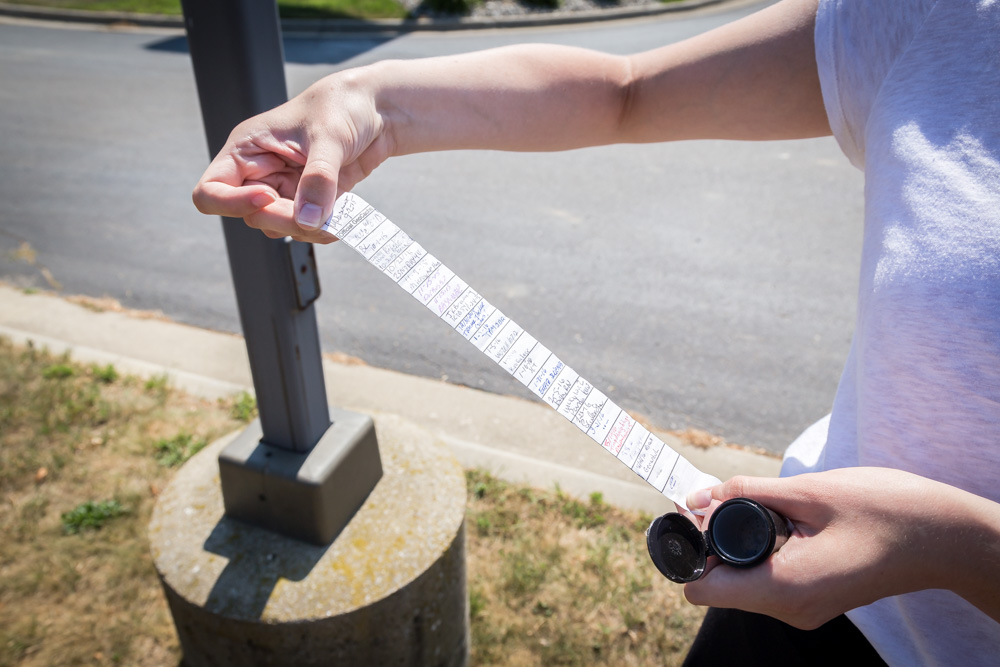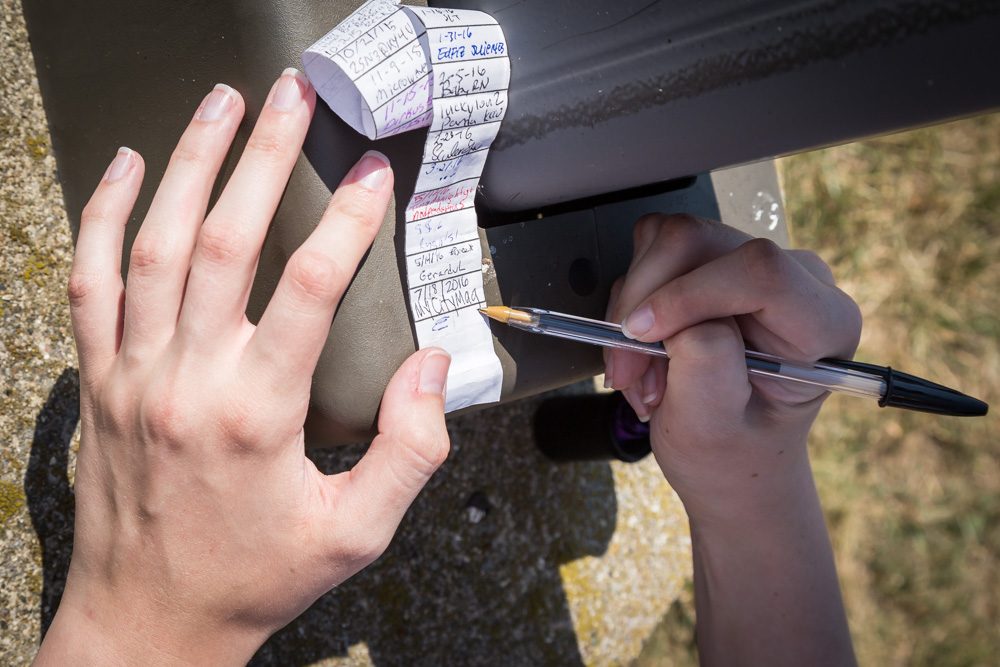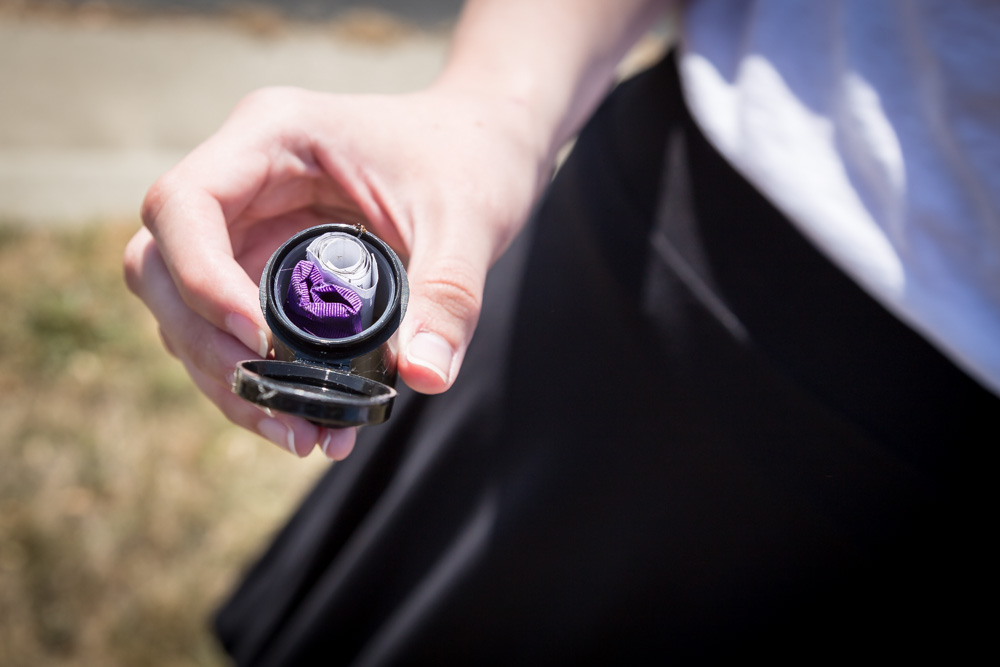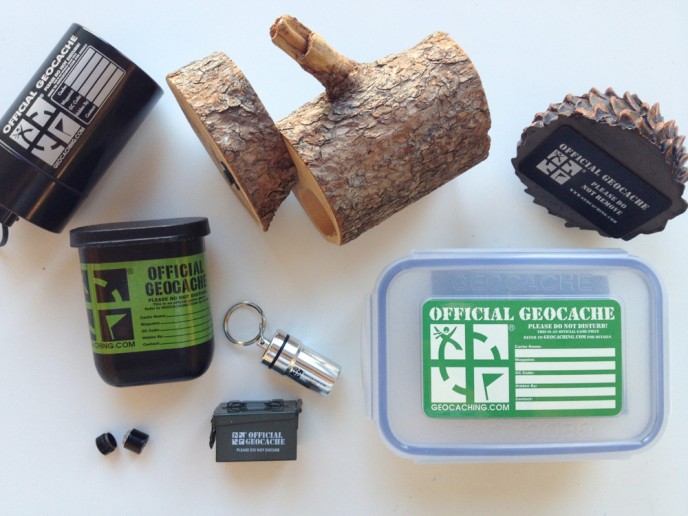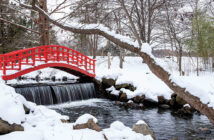Haven’t we all enjoyed searching for treasure at one time or another? The thrill of knowing “something” is there, waiting … and the building anticipation before finally setting eyes on it? This sensation certainly occurs with finding your keys in between couch cushions, or a lost cell phone in a grassy lawn; but what about going back to a time when people would search for treasure? Have we lost the spirit of exploration?
Geocaching is an outdoor recreational activity in which participants use a Global Positioning System (GPS) receiver or free mobile application and other navigational techniques to hide and find containers called “geocaches” or “caches,” anywhere in the world. Typically hidden in waterproof containers, there is a logbook with a pen or pencil, and possibly a small treasure or trinket someone has left behind that can be replaced with something of equal or greater value. On the logbook, the “finder” enters their name and the date they found the cache. After signing the log and looking through the items of the geocache, the participant must put it back where they found it.
Geocaching was established after Selective Availability was removed from GPS in May of 2000, improving the accuracy of the technology for anyone who had a device. The first documented geocache placement was made also in May of 2000 in Beavercreek, OR.
The combination of Earth, hiding, and technology has helped create the name for this interesting hobby. The prefix geo, for Earth, is used to describe the global nature of the activity, but also for its use in geography. Caching, from the word cache is based on a French word invented in 1797 – the definition originally referred to a hiding place where someone would temporarily store items.
Now, modern-day geocaching isn’t like crazed pirates and greedy pioneers in the Wild West looting without a cause; there are guidelines and etiquette when it comes to geocaching, no matter where you are, for both seekers and hiders. Some good practices include:
- Practice the “lift, look, replace” technique. If you lift a rock to look under it, replace it exactly as you found it.
- Do not bury a cache in the ground.
- Never place food items in a cache.
- Avoid modifying the environment when hiding a cache.
- Avoid placing caches in sensitive habitats including wetlands, caves, steep slopes, etc.
- Do not place a cache in areas officially designated as “Wilderness Areas,” Wild and Scenic River Corridors, or near historic, cultural, archeological or paleontological sites.
- It’s your responsibility to find the safest route with the smallest impact.
Other guidelines, like not hiding geocaches on school property or near train tracks, do try to emphasize safety – sure, cachers are participating in a fun activity; but they have to remember that real-life rules (and laws!) still apply.
My City Magazine found a geocache near our office location! We made sure to sign the logbook and put it back where it was.
Flint has its own group, The Auto City Cachers, established in October of 2010 and currently boasting 140 members. They have a monthly meet-and-greet, and co-host a large, annual event with the Genesee County Parks. In addition to caching in the area, they also attend events at other locations.
Mike Spence of Auto City Cachers first became interested in the hobby in 2006 after he heard about it from his daughter. “What I like most about geocaching is that it takes me to places in the area I didn’t even know were there,” Mike says, adding that people of all ages can participate. “Geocaching is a great way to merge hiking outdoors with using a computer.”
Mike’s advice for beginner cachers: “Start out looking for lower terrain and lower-difficulty caches, and start looking around for the cache when you are within 30 feet of the hiding spot.” According to Mike, there are 200 “hides” in Genesee County, and 115 new caches in the Genesee County Parks system. Although geocaching evokes images of wilderness and terrain, it does include urban settings; and luckily, Greater Flint has elements of both.
So, no matter where you tread, tread lightly. Don’t forget to keep an eye out for a geocache filled with little treasures, and enjoy the thrill of the find.
SOURCES: Geocaching.com, TreadLightly.com Photos provided by Geocaching.com

